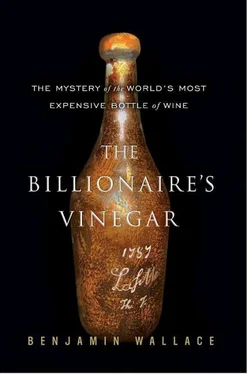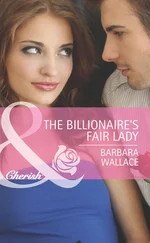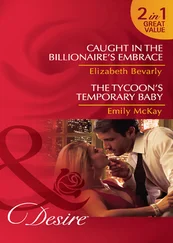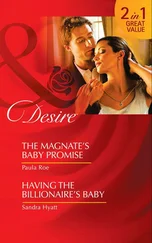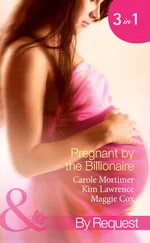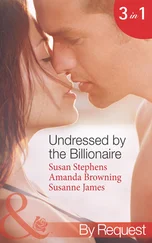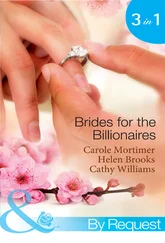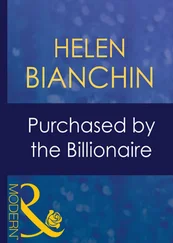It remained a problem in Thomas Jefferson’s day. An early-nineteenth-century recipe called for a “very inferior French wine sold to the adulterators” to be “mixed with rough cider, and coloured to resemble claret” by adding cochineal and vegetable dye. Just seven years after Jefferson’s visit to Bordeaux, Paris officials analyzed wine samples from sixty-eight merchants and declared that only eight of them could be legitimately called wine. During his Bordeaux visit, Jefferson spoke with a broker named Desgrands, who said he and his peers never mixed the best wines, but only the lesser ones, and then to improve them.
Upon his return to Paris, Jefferson was duly skeptical. “I would prefer to receive it directly from your hands,” he wrote from Paris to Monsieur d’Yquem in December of 1787, requesting 250 bottles of 1784 Yquem, “because I would be sure that it is genuine, good and sound.” The following year, he placed his order with the owner of Lafite.
ON SEPTEMBER 17, 1789, Jefferson hosted a dinner party in Paris. Among the guests were Gouverneur Morris—a high-born, peg-legged New York lawyer and politician who kept the same mistress as the bishop of Autun, also known as Talleyrand; the Marquis de Lafayette, the red-haired, thirty-two-year-old aristocrat-revolutionary; the Duc de La Rochefoucauld, with whom Jefferson liked to discuss farming experiments, and who a few years later would be stoned to death and disemboweled by a mob in front of his wife and mother; and the Marquis de Condorcet, the vaunted mathematician and philosophe who had a bleached pallor and was given to biting his nails.
It was chilly out, and a fire crackled in the drawing room. The house, at the intersection of the Champs-Élysées and the rue de Berri on the western edge of the city, had a spare, half-empty look; much of the contents had already been crated for shipment to Monticello, since Jefferson was soon to quit Paris for what he thought would be a six-month leave in America. Two months earlier, a mob had overrun the Bastille. Paris was in tumult, and Jefferson had requested that guards be posted outside; his house had been robbed three times recently, the candlesticks taken from his dining table, and he had put bars and bells on the windows.
The group sat down to eat at four-thirty in the afternoon, and they discussed rumors that Louis XVI was plotting an escape from France. Paris was suffering a bread shortage, but the repast was almost certainly accompanied by fine wines. Jefferson’s slave James Hemings had learned French cooking through several apprenticeships and now ran Jefferson’s Paris kitchen. While recognizing that he had more to learn from Europeans about the pleasures of the table than they from him, Jefferson was not strictly deferential. During his stay in Paris, he pressed pecans on the French, served corn on the cob grown in his Paris garden, and accompanied it with Virginia ham.
Nine days later, Jefferson departed overland for Le Havre, from which he crossed the English Channel and boarded a ship bound for the infant United States. Among the eighty-six packing cases of European finery that he had bought and shipped back to America were hampers full of various wines, including two containers earmarked for John Jay and George Washington.
Jefferson intended to return to Paris, but Gouverneur Morris bet William Short, Jefferson’s secretary, a beaver hat that Jefferson would not. As it turned out, Morris won the bet: Jefferson was appointed secretary of state. His majordomo was left to dismantle the Paris household. He sold his master’s horses, chariot, cabriolet, and paper press, and packed up the rest of his furniture for shipment to Philadelphia, swaddling each box in oilcloth. Each of Jefferson’s books he wrapped in paper.
Amid the growing chaos of Revolutionary France, a silver-plated harness for Jefferson’s horses, as well as his coach cushions, was stolen. Some wine, too, remained unaccounted for. One hundred twenty-five bottles of 1784 Haut-Brion that Jefferson had ordered in May 1788 never arrived. And a batch of provisions that arrived at Monticello just before Christmas of 1789 was short one box of assorted wines.
CHAPTER 3

TOMB RAIDER
WHEN MICHAEL BROADBENT ARRIVED AT HOPETOUN House, after negotiating the long driveway in the dark, it was clear that he had interrupted Lord Linlithgow, who opened the door wearing crimson suspenders. The butler arrived at the door at the same time, still pulling on his black jacket. The marquis and his servant had both been watching the Miss World competition on TV, and were now trading opinions about the contestants.
It was October 1966. A senior partner at Christie’s had introduced Broadbent to his friend “Charlie,” the Marquis of Linlithgow, who mentioned that he and his brother were growing rather weary of their hit-or-miss collection of eighteenth-century Madeira. Broadbent had asked whether he might come up from London to see the cellar, and now here he was, in a mansion on the outskirts of Edinburgh. Broadbent chatted briefly with His Lordship over a glass of whiskey by the fireplace, then went to bed.
He was new to his job as head of Christie’s fledgling wine department, and nervous. He couldn’t sleep, so he opened My Life and Loves, the sexually explicit memoirs of Frank Harris, a turn-of-the-twentieth-century womanizer and magazine editor.
When the sun came up, Broadbent descended to the cellars. They were directly beneath the flagstones of the main hall, and organized into bins, columbarium-like walls of stone niches containing not ashes but wine. Everything was covered in dust, but it didn’t matter. In houses like this, the bottles didn’t have labels; you knew what was in them through a combination of bin labels and cellar books. One wall at a time, moving top to bottom, left to right, Broadbent wrote down the inventory: the Madeiras, claret, Port, Champagne, and some weird old liqueurs.
As he was leaving, Lord Linlithgow mentioned that his neighbor Harry, sixth Earl of Rosebery, was “getting on” and had a cellar full of old claret he might be happy to unload. The marquis handed Broadbent a scrap of paper with a list of wines. It was impressive. Lord Rosebery was the son of Hannah de Rothschild, and his cellar consisted mainly of pre-phylloxera Lafite. Phylloxera was the yellow root louse that devastated Bordeaux’s vineyards in the late 1870s. Eventually, winemakers survived the epidemic by grafting French vines onto American rootstocks, which were immune to the pest. (The susceptibility of ungrafted European vines, on the other hand, explained in part why Jefferson’s and Filippo Mazzei’s 1770s experiments with them in the United States had failed.) Many connoisseurs believed that the wines of Bordeaux had never again attained their earlier level of quality and ageability. For such collectors, a trove of pre-phylloxera first growths was the Grail.
Soon after his visit with Lord Linlithgow, Broadbent returned to Scotland to visit Lord Rosebery’s pile there. This one, Dalmeny, had its own golf course. The butler led Broadbent to the cellar, a stone room with a gravel floor and slate bins. There were rows upon rows of double magnums of 1865 Lafite, enormous bottles that put Broadbent in mind of the howitzer shells he had seen during his stint in the Royal Artillery. He packed what he could fit into his car and hurtled down the A1 motorway to London. Next he visited Mentmore, Lord Rosebery’s home in Buckinghamshire, where the front hall contained an enormous table displaying Lord Rosebery’s many hats and walking sticks, all neatly arrayed. The cellars here were much larger than those at Dalmeny, and Broadbent spent a full day cataloging the contents. He took a break only to have lunch with Lord Rosebery and his wife, who bickered as if he weren’t there.
Читать дальше
